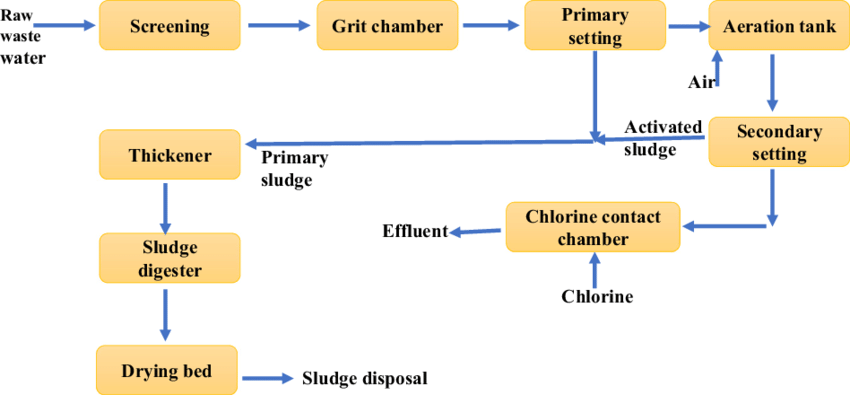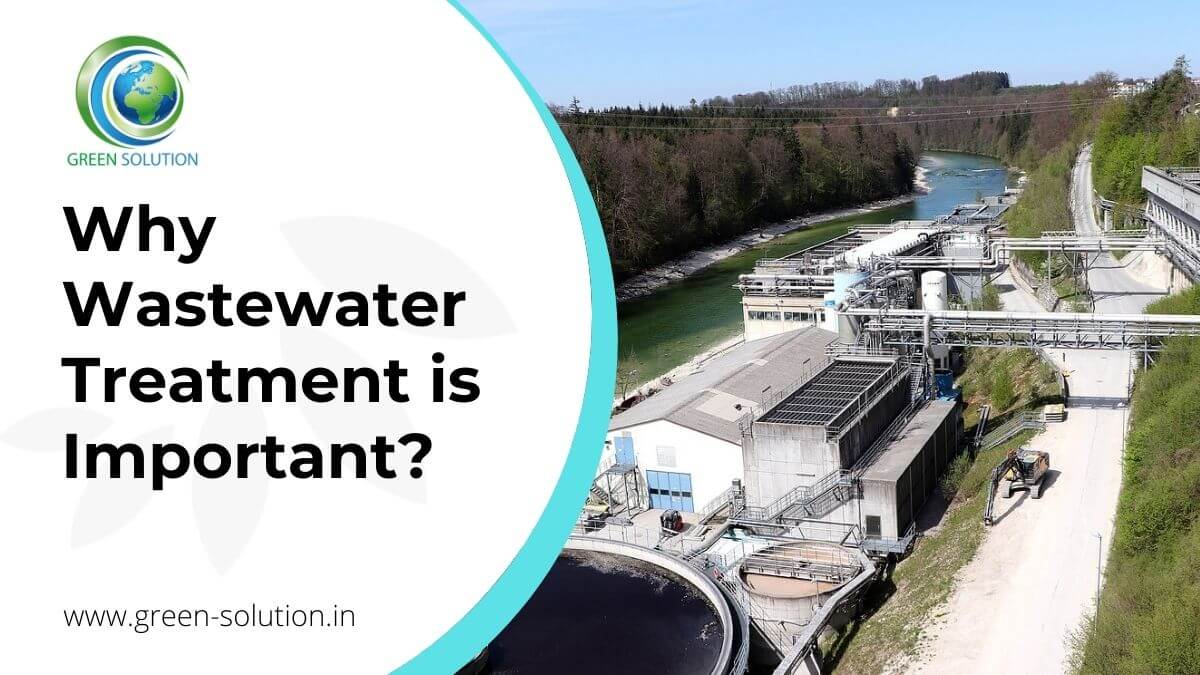The Basic Principles Of Reclaim Waste
Table of Contents9 Easy Facts About Reclaim Waste ExplainedReclaim Waste Fundamentals ExplainedAn Unbiased View of Reclaim WasteThe smart Trick of Reclaim Waste That Nobody is DiscussingExcitement About Reclaim Waste
Explore the kinds, occurrences, and types of liquid waste. Residential sewer waste refers to the waste and items from a domestic septic system. This kind of waste is created by humans in homes, colleges, and other structures. This only includes septic containers that have a drainpipe area. The appropriate management and disposal of residential sewage waste call for liquid waste to be transferred to a sewage therapy plant where the appropriate methods and devices are related to cleanse and take care of waste.
Commercial waste commonly includes prospective hazards, such as combustible products or a combination of liquid and solid waste products, and needs an extra sophisticated and detailed disposal process. The disposal of business waste typically includes the purification of waste before transportation to make sure secure and proper disposal. Industrial waste is produced from by-products and drainage of commercial procedures and production.
This sort of waste can not use the exact same sewage management transportation or processes as septic or industrial fluids. The hazardous waste monitoring procedure requires the inspection and testing of fluid waste prior to it undertakes the disposal process (liquid waste disposal). Drainage waste is the fluid waste that comes from overflow and excess stormwater in extremely populated areas or cities
Overflow waste can cause contamination and flooding if not handled properly. Guaranteeing proper waste monitoring can stop calamities and minimize environmental harm.
Top Guidelines Of Reclaim Waste
Get in touch with PROS Providers today to learn about our waste monitoring and disposal solutions and the proper means to care for the fluid waste you produce.
(https://myspace.com/reclaimwaste1)Do you recognize what happens to your water when you end, flush the toilet or drain pipes the cleaning machine? No? Well, it deserves understanding. This so-called 'wastewater' is not just a crucial source but, after therapy, will be released to our land, rivers or the sea. Utilized water from toilets, showers, bathrooms, kitchen area sinks, washings and industrial processes is called wastewater.

water used to cool equipment or tidy plant and tools). Stormwater, a form of wastewater, is overflow that moves from agricultural and city locations such as roof coverings, parks, yards, roads, paths and rain gutters right into stormwater drains, after rainfall. Stormwater flows untreated straight to neighborhood creeks or rivers, eventually getting to the sea.
The 3-Minute Rule for Reclaim Waste
In Queensland, the majority of wastewater is dealt with at sewer therapy plants. Wastewater is transferred from residential or industrial sites through a system of sewers and pump stations, referred to as sewerage reticulation, to a sewage treatment plant. Neighborhood governments build, maintain and operate most sewage treatment plants. Operators are licensed under the Environmental Management Act 1994 to discharge cured wastewater at an appropriate environmental requirement into waterways.
The Department of Natural Resources encourages regional governments about managing, operating and maintaining sewage systems and treatment plants. In unsewered areas, local federal governments might call for homeowners to install specific or household sewage therapy systems to treat residential wastewater from bathrooms, kitchen areas, restrooms and laundries. The Division of Natural Resources authorises the usage of home systems when they are shown to be effective.
In some brand-new neighborhoods, therapy of some stormwater to eliminate clutter, sand and crushed rock has started using gross pollutant traps. Wastewater therapy occurs in four stages: Eliminates strong issue.
Uses little living organisms knows as micro-organisms to damage down and get rid of staying dissolved wastes and great bits. Micro-organisms and wastes are incorporated in the sludge.
The Best Guide To Reclaim Waste
Nutrient elimination is not offered at all sewage treatment plants because it calls for pricey specialist devices. Clear liquid effluent produced after therapy may still consist of disease-causing micro-organisms - liquid waste disposal melbourne.

A lot of wastewater flows right into the sewerage system. Under the Act, neighborhood federal governments provide authorizations and licences for eco appropriate tasks (Periods) including wastewater releases that could have a regional influence.
Excitement About Reclaim Waste
Tracking offers accurate information regarding water top quality and can validate that licence conditions are being met. The info gotten advice through monitoring provides the basis for making water top quality choices.